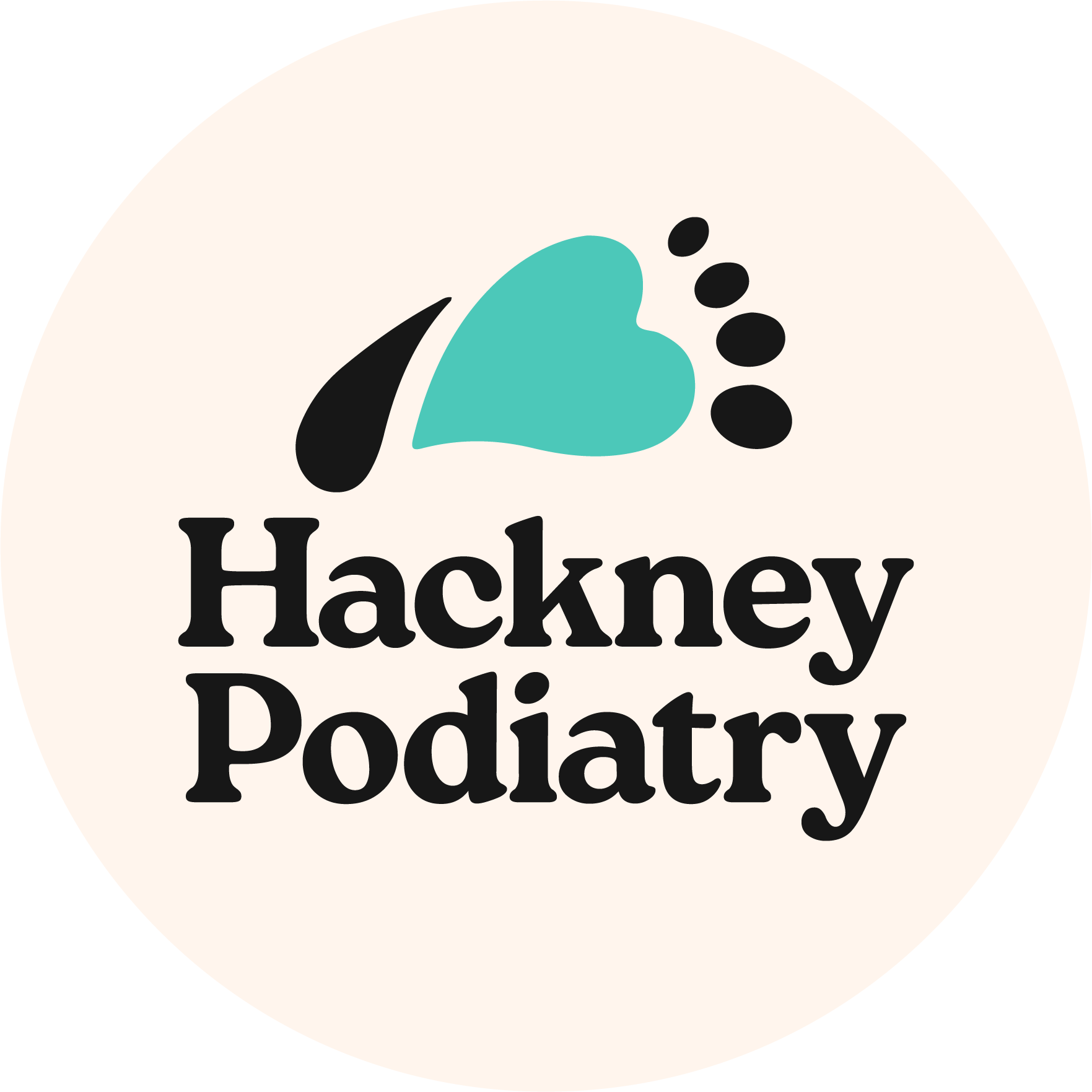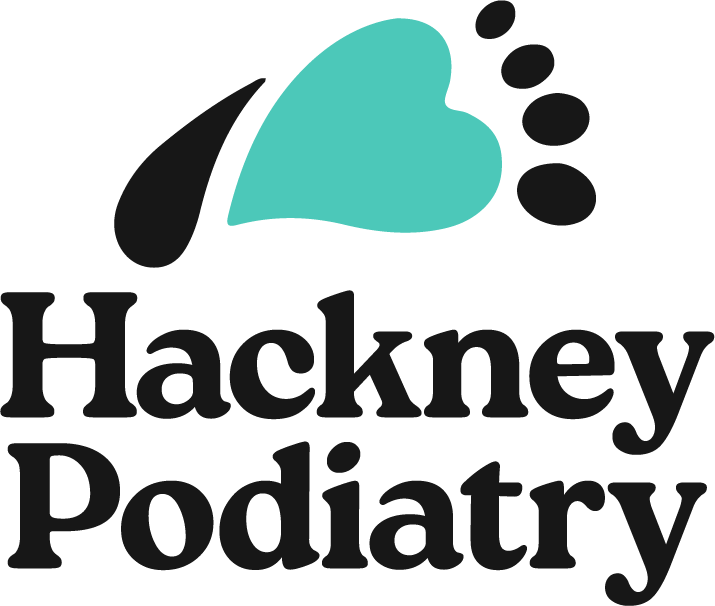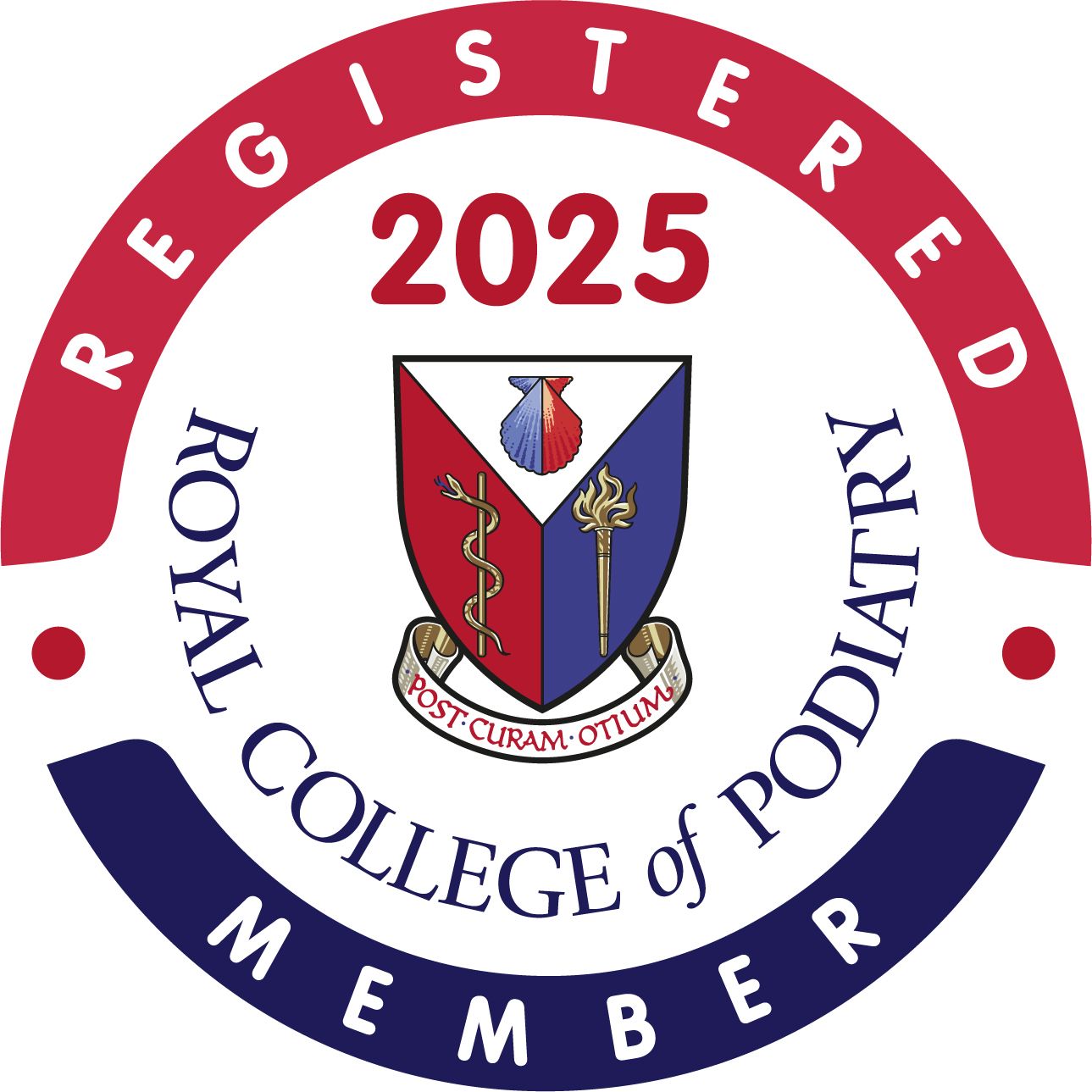New Year, New You?
Jan 2023

It's the New Year and if you're wondering how to pick your way through the constant fitness inspo at the moment, then look no further. I'm here to help!
Lower limb strengthening and conditioning is undoubtedly important in maintaining mobility and remaining injury free.
There is so much out there in the ether currently about shredding this and toning that it is tempting to jump right on the band wagon and throw everything you've got at a fitness programme.
However, what we must remember is that our muscles and tissues are adaptive. They will adapt to whatever stress is placed upon them but there is such a thing as placing too much stress in too little time which can lead to trauma and injury. If you've never done a squat in your life and then decide to do 100 a day ad infinitum, not only will you be unable to walk comfortably but you may risk injury to your lower back, glutes and knees. You will also burn out and get bored as 100 squats a day, everyday is dreadfully dull and exhausting.
So you may be asking how should I make the right choices around strength and conditioning work? And how can I make sure that my choices are sustainable in the long term? From a holistic, medical and psychological viewpoint I hope that I can share some advice which you'll find beneficial and will help you navigate your way.
- Start Small; I usually begin with advising patients to simply move more. You don't necessarily need to define the movement, just commit to being more active which will increase the stress on tissues in a more gentle way. Almost as a preparation for strength work if you like. More walking, more taking the stairs, more wiggling and jiggling or dancing around the kitchen!
- Stack Habits; a real gem of advice I give my patients is to stack your habits by adding a new habit onto an existing one. Brushing your teeth or boiling the kettle are perfect opportunities for static calf raises for building posterior leg strength. Do as many as you can in the time available.
- Plan an Easy Win; if you've got a list of areas you'd like to focus on, choose one which is an easy win. For example, improving knee stability is difficult. It takes time, improvements don't happy over night. However, single leg balance will very quickly improve over the course of 1-2 months with daily practice. Improving single leg balance is important in knee stability-by looking at the characteristics of your main goal you should be able to pick off easier wins in the beginning. This will boost your self efficacy and ability to sustain change.
- Build on Easy Wins; once you've achieved an easy win-make it more challenging. But not so challenging that it takes so long you lose interest or get bored. Using the knee stability example above, progress from single leg balance to single leg balance with your eyes closed and then single leg lunges or squats.
- Be consistent; some days you won't feel like doing any strengthening and that's ok. Have a back up plan, something which is less intensive but still works towards your goals. This way you remain consistent in your approach. Having said that, consistency is one of the hardest skills to nail, so be kind to yourself. And remember you're human.
I always give strengthening and stretching programmes as part of MSK care packages usually to assist with rehab following injury. I use a rehab software called Pedsol where I can tailor make programmes for patients, building in progression along the way. If you've got foot pain, get in touch by emailing me on sarah@hackneypodiatry.co.uk and let's get you back on your feet.
Happy New Year!
X




